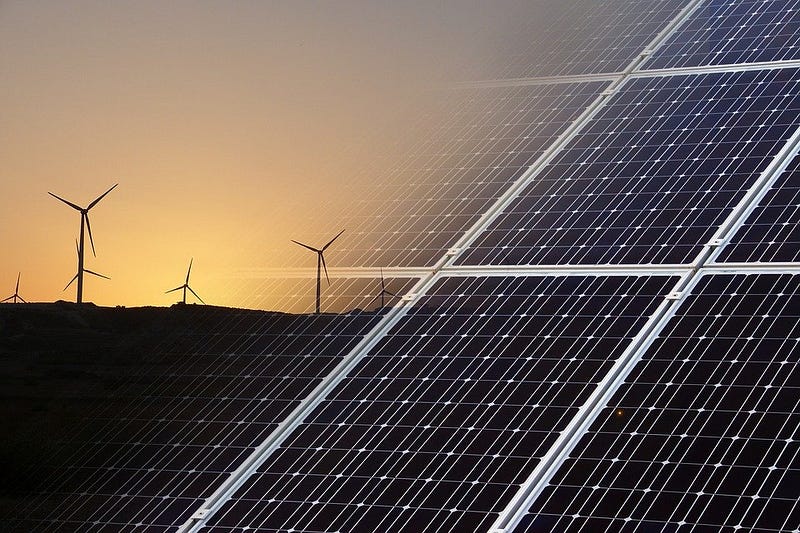Innovative Solutions: Can Microbial Protein Lessen Our Food Impact?
Written on
Chapter 1: The Food Footprint Challenge
As the global population continues to grow and climate change escalates, food production faces significant challenges. Traditional crops may struggle to adapt to these changing conditions, leading to more frequent and severe harvest failures, even as demand for food increases. The trend of excessive meat consumption in the West is also spreading worldwide, exacerbating the strain on land, water resources, and the carbon footprint of food production.
In the midst of this protein obsession, we're often bombarded with messages urging us to increase our protein intake. While protein is undoubtedly a crucial macronutrient, it is essential to consider how we can provide high-quality protein without exacerbating environmental issues.
A potential solution lies in adopting more plant-based diets, which come with various benefits, including ethical considerations. However, not everyone is inclined to make this shift.
Could microbial sources of protein offer a way forward?
Section 1.1: Microbial Protein as an Alternative
The idea of using microbes to produce protein isn't entirely new; it was suggested as a viable option back in the 1980s. However, the technology at that time wasn't advanced enough to realize its potential fully. Today, we have made significant strides. Microbial protein can now be generated through carbon capture processes, which offers a dual benefit of reducing atmospheric CO₂ levels while producing food. When renewable energy sources, such as solar or wind power, are utilized, the advantages multiply.
Recent research evaluates the environmental footprint of microbial protein production, utilizing data from laboratory-based bioreactors. In essence, this innovative system harnesses renewable energy to generate electricity and capture carbon. This electricity facilitates electrolysis, breaking down water into hydrogen and oxygen. The hydrogen serves as a nutrient for H₂-oxidizing bacteria, which utilize it along with the captured CO₂ to grow their biomass. This biomass can then be processed into microbial protein, which is likely to be used first as animal feed, given our societal preferences.

Section 1.2: Comparing Microbial Protein to Soy
Why compare microbial protein to soy? Soybeans are among the most protein-rich crops and are commonly used in animal feed. Their environmental impact is significantly less than that of traditional animal agriculture, making them a relevant benchmark for comparison.
The researchers evaluated the water and land requirements for producing microbial protein against those of soybeans across various energy sources, including solar, wind, and methane.
Water consumption (liters per kilogram of protein):
- Soybeans: 2.67–6.67
- Solar microbial protein: 0.82
- Wind microbial protein: 0.82
- Methane microbial protein: 0.5–1.45
Land use (m² per kilogram of protein per year):
- Soybeans: 6.40–15.86
- Solar microbial protein: 0.18–0.26
- Wind microbial protein: 0–0.04
- Methane microbial protein: 0
While the analysis did not account for the minimal land needed for the bioreactor, the differences are striking.
Although no single food source can fulfill all nutritional needs, microbial protein can complement existing sources and alleviate environmental pressures. However, the rapid mutation rates of bacteria necessitate robust safety measures to prevent pathogenic strains from developing. Additionally, bioreactors must maintain sterility to avoid contamination.
Furthermore, while microbial protein is high in protein content, it can also be rich in nucleic acids, which may pose health risks if not processed properly.
Overall, this technology shows promise in minimizing land and water use compared to traditional protein sources like soy. Although microbial proteins are not yet widely adopted, there remains significant potential to leverage this production technology to bolster food security and sustainability.
Chapter 2: Future of Protein Alternatives
In this insightful video, "Meat from Air?! The Science Behind This New Protein," we explore the mechanisms and implications of producing protein from microbial sources.
Another thought-provoking video, "Will seaweed become the new steak? A new emerging protein source and medicinal food," discusses the potential of seaweed as a sustainable protein alternative.